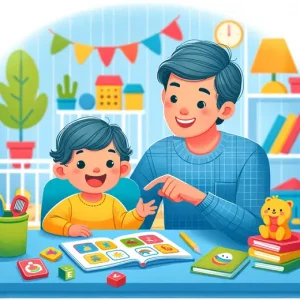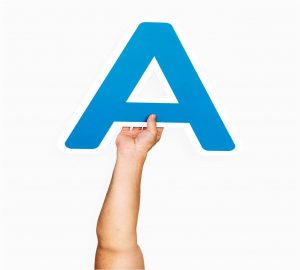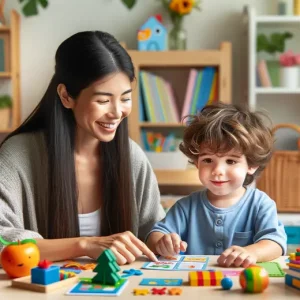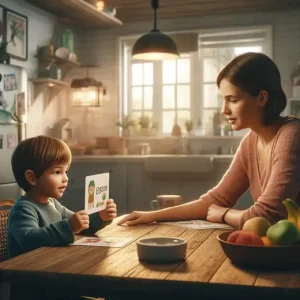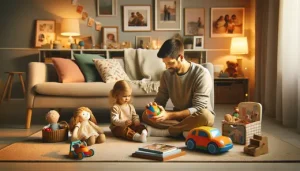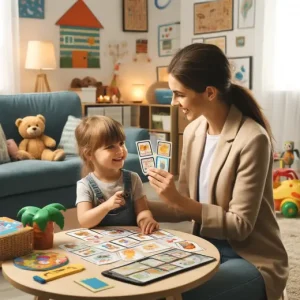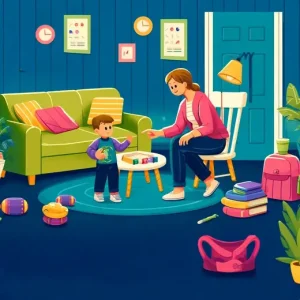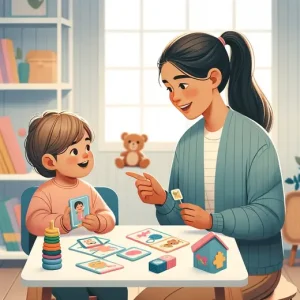Learn Spatial Concepts: Fun Preposition Games for Kids at Home
By Rajini D
Last Updated: March 15, 2024
Welcome to the dynamic world of ‘Preposition Playtime,’ an interactive activity designed to introduce your child to the wonders of spatial concepts. Tailored for young children, including those with developmental delays or special needs, this guide is your key to engaging and enlightening sessions that unravel the mysteries of prepositions like ‘in,’ ‘on,’ ‘under,’ ‘behind,’ ‘next to,’ ‘between,’ ‘near,’ and ‘far.’
Detailed Activity Instructions:
Choosing the Right Space:
Set the stage for ‘Preposition Playtime’ by selecting a comfortable and familiar space for your child. Arm yourself with a variety of toys or household items that can be enlisted to demonstrate the magic of prepositions.
Introduction Through Demonstration:
Initiate the learning journey by introducing each preposition through simple yet effective demonstrations. For instance, place a toy under a chair and exclaim, “The toy is under the chair.” Encourage your child to mimic the action and repeat the corresponding phrase, fostering a hands-on connection between words and actions.
Transforming Learning into a Game:
Elevate the excitement by turning the learning process into a playful game. Issue simple instructions involving prepositions such as, ‘Put the ball on the table’ or ‘Stand behind the sofa.’ Watch as your child eagerly follows the instructions, immersing themselves in the joy of discovery.
Utilizing Storybooks for Contextual Learning:
Enhance the learning experience by incorporating a favorite storybook. Use the illustrations to point out prepositions within the context of the story. Encourage your child to actively participate by answering questions like ‘Who is sitting next to whom?’ or ‘Who is standing behind the tree?’
Also Read: Home-Based Speech Therapy Activities for 1-2 Years Kids
Addressing Potential Concerns:
Difficulty Grasping Spatial Concepts:
If your child struggles with spatial concepts, simplify the activity by focusing on one preposition at a time. Provide clear, consistent demonstrations and reinforce the concept through repeated practice to ensure a gradual understanding.
Limited Engagement or Attention:
Keep your child engaged by infusing their favorite toys or characters into the activity. Keep the sessions short and lively to maintain their attention and make the learning process enjoyable.
Overstimulation or Frustration:
Create a calm learning environment to avoid overstimulation. If signs of frustration emerge, take a break, provide comfort, and return to the activity when your child feels more relaxed and ready to engage.
Objective of the Activity:
The primary goal of ‘Preposition Playtime’ is to help your child comprehend and use basic prepositions. By enhancing their spatial awareness and language skills, this activity lays the foundation for clearer communication and a deeper understanding of the surrounding world.
Closing and Additional Tips:
Patience and positive reinforcement play pivotal roles in this learning process. Celebrate your child’s attempts and successes, recognizing that every child learns at their unique pace. Enjoy the exploration of prepositions together, fostering a supportive and enjoyable learning atmosphere.
About the Author:
Rajini Darugupally
M.Sc., Speech-Language Pathologist (9+ years of experience)
Rajini is a passionate and dedicated Speech-Language Pathologist with over 9+ years of experience, specializing in both developmental speech and language disorders in children and rehabilitation in adults. Driven by a desire to empower each individual to find their voice, Rajini brings a wealth of experience and a warm, genuine approach to therapy.
Currently, at Wellness Hub, she thrives in a team environment that values innovation, compassion, and achieving results for their clients.
Connect with Rajini to learn more about how she can help you or your loved one find their voice.
Book your Free Consultation Today
Parent/Caregiver Info:
Client’s Details:
* Error Message
